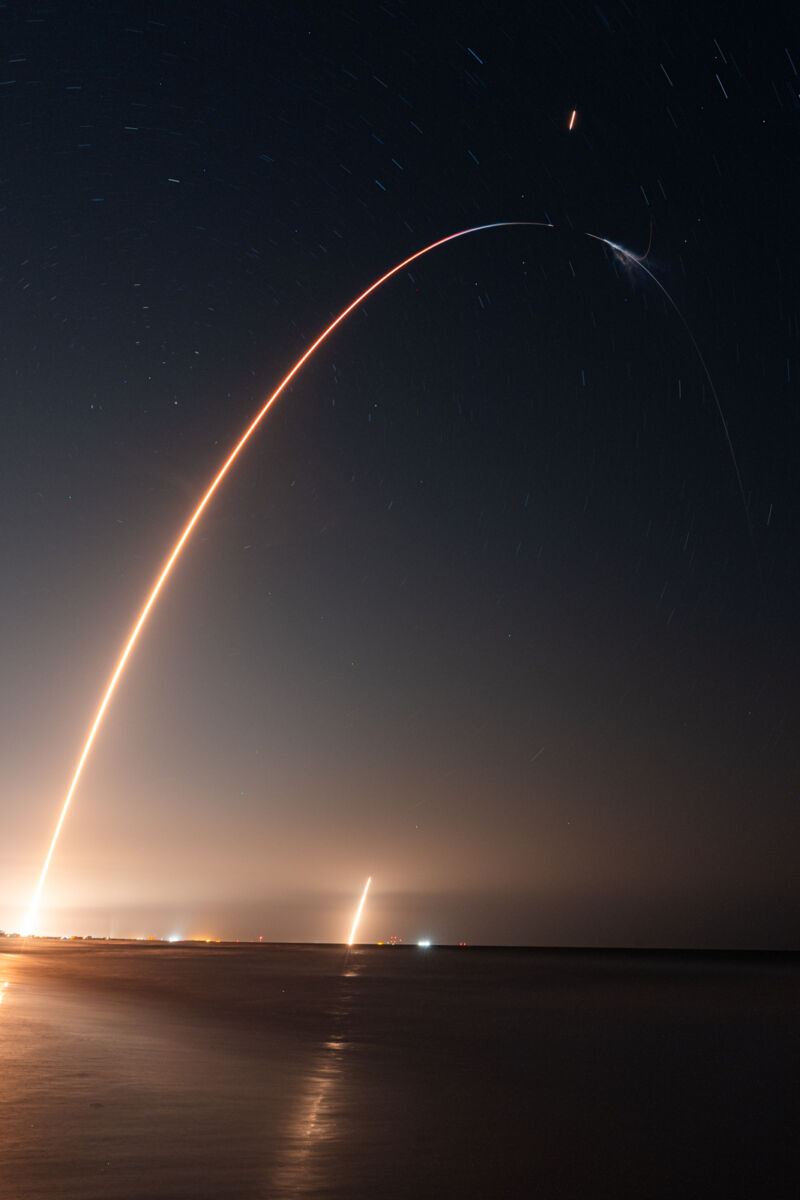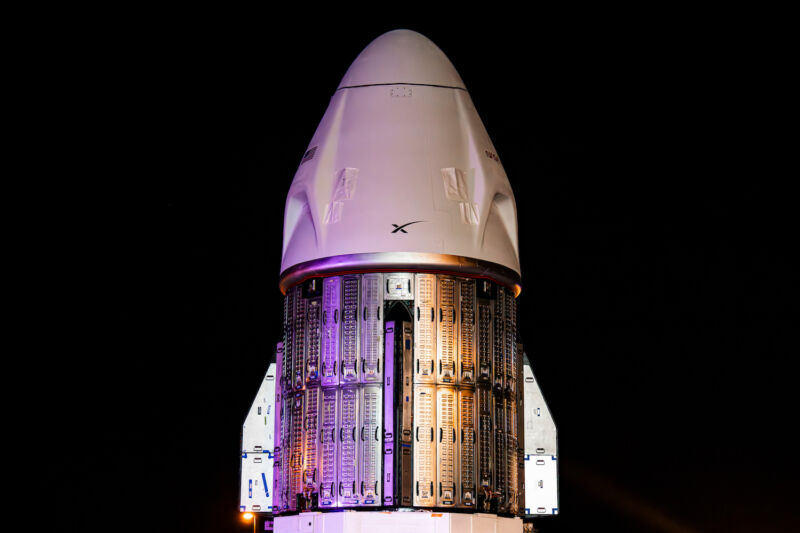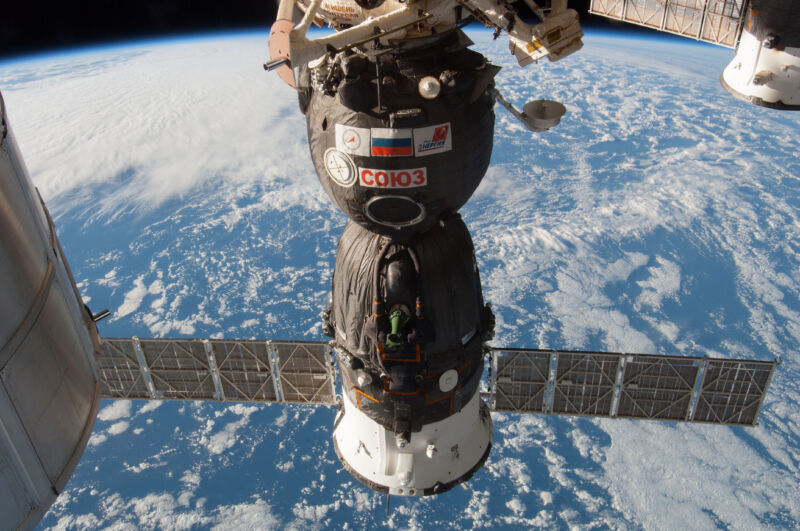-
 chevron_right
chevron_right
Four-person crew returns to Earth aboard SpaceX’s Dragon capsule
news.movim.eu / ArsTechnica · Tuesday, 5 September, 2023 - 17:17

Enlarge / SpaceX's Crew Dragon Endeavour spacecraft splashes down in the Atlantic Ocean early Monday off the coast of Jacksonville, Florida. (credit: NASA TV )
A SpaceX Dragon capsule with a crew of four returning from the International Space Station streaked through the atmosphere over Florida and splashed down in the Atlantic Ocean early Monday, closing out the company's initial commercial crew contract with NASA.
But SpaceX has at least eight more space station crew rotation missions under contract with the US space agency, plus additional flights for private customers using the Crew Dragon spacecraft. The first of the crew rotation missions covered in the NASA contract extension launched on August 26 , and the spacecraft is currently docked at the ISS.
The mission that launched last month, designated Crew-7, is SpaceX's seventh operational crew rotation flight to the space station. The four-person crew that arrived at the station on Crew-7 will live and work aboard the orbiting outpost until February, replacing the Crew-6 mission that returned to Earth early Monday.








